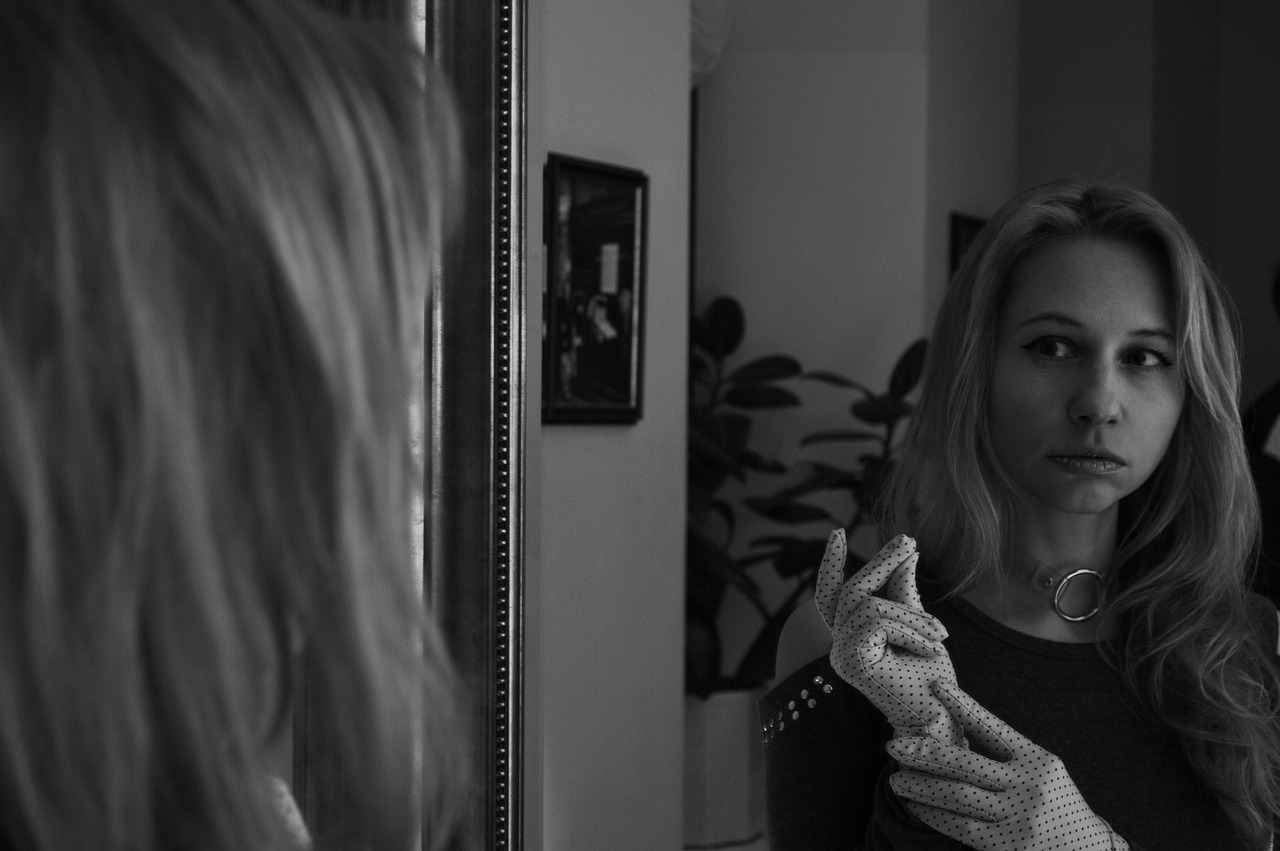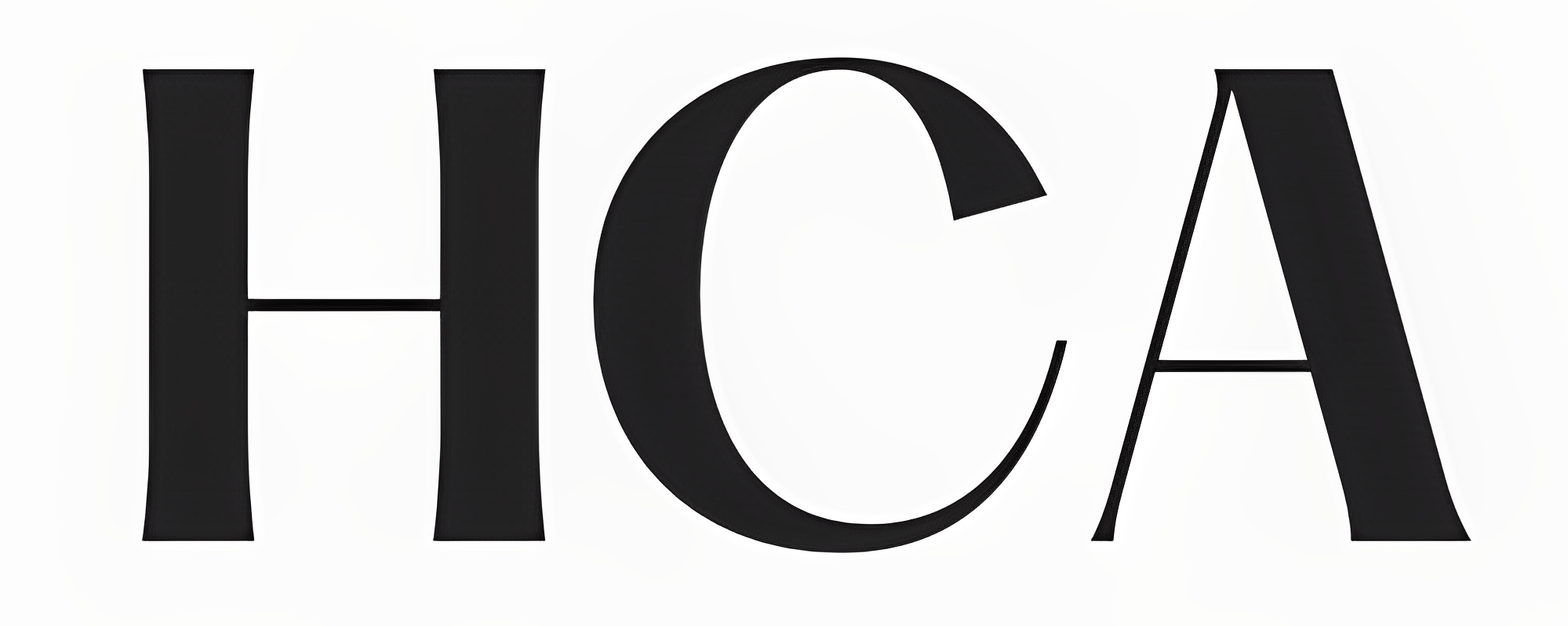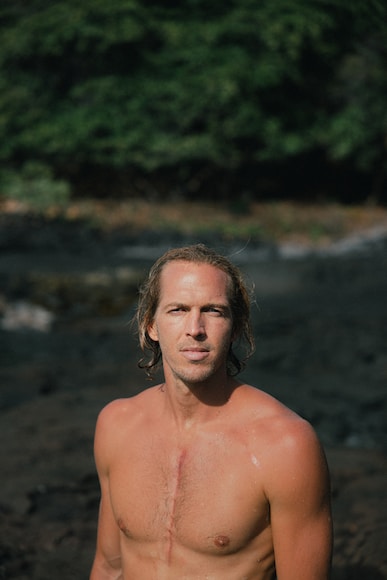How to Remove Waxy Buildup From Hair (Practical Tips)

Dealing with waxy buildup in your hair can be a frustrating and challenging experience. It can leave your hair looking dull, lifeless, and difficult to manage.
In this blog post, we’ll discuss the causes of waxy buildup, how to remove it, and the best shampoos for the job.
By understanding the reasons behind waxy buildup and implementing effective solutions, you can restore your hair’s natural shine and bounce.
Waxy buildup on hair: What it is and its causes
Waxy buildup on hair is the accumulation of excess oils, hair products, and impurities that cling to the hair shaft and scalp.
It can result from using heavy hair products, not rinsing your hair thoroughly, or washing your hair with hard water. This buildup can weigh your hair down, making it look greasy, limp, and unclean, even after washing.
Some common causes of waxy buildup include:
- Overusing hair products: Heavy use of styling products like hair gels, waxes, and oils can lead to buildup.
- Hard water: Minerals present in hard water can accumulate on your hair, leading to waxy residue.
- Improper rinsing: Not thoroughly rinsing your hair after shampooing and conditioning can leave shampoo residue and contribute to buildup.
Note: Excessive serum production can make your hair sticky overnight.
How to Remove Waxy Buildup from Hair
There are several ways to effectively remove waxy buildup from your hair. Some popular methods include:
-
- Clarifying shampoo: A clarifying shampoo is specifically formulated to remove excess oil, dirt, and product buildup from your hair. Use it once a week or as needed to keep your hair fresh and clean.
- Apple cider vinegar hair rinse: Mix equal parts of apple cider vinegar and water, then apply it to your hair after shampooing. Rinse it out after a few minutes to remove buildup and restore shine.
- Baking soda: Add a teaspoon of baking soda to your regular shampoo and wash your hair as usual. The baking soda will help break down waxy buildup and leave your hair clean and refreshed.
- Micellar water: Apply micellar water to your scalp and hair, then rinse thoroughly. Micellar water contains tiny particles that can attract and remove dirt, oil, and product buildup.
Best shampoo to remove waxy buildup
A good clarifying shampoo can work wonders in removing waxy buildup from your hair. Some of the best clarifying shampoos include:
- Neutrogena Anti-Residue Clarifying Shampoo
- Paul Mitchell Shampoo Three
- Redken Hair Cleansing Cream Shampoo
- Moroccanoil Clarifying Shampoo
- Bumble and Bumble Sunday Shampoo
Choose a clarifying shampoo that suits your hair type and needs, and use it once a week or as needed to maintain clean, buildup-free hair.
Is waxy buildup harmful to hair?

Waxy buildup can be detrimental to your hair’s health and appearance.
It can make your hair feel greasy and heavy, leading to a lack of volume and shine.
Moreover, buildup can clog hair follicles, potentially resulting in scalp irritation, dandruff, and even hair loss. Regularly removing waxy buildup is essential for maintaining healthy, vibrant hair.
How do you know if your hair has buildup?
Some signs that your hair may have buildup include:
- Hair feels greasy or heavy even after washing
- Lack of volume and bounce
- Dull, lifeless appearance
- Difficulty in styling hair
If you notice these signs, it’s likely that your hair has buildup, and you should consider incorporating a clarifying shampoo or other buildup-removing methods into you haircare routine.
Can hard water cause waxy hair?
Yes, hard water can contribute to waxy hair buildup.
Hard water contains high levels of minerals such as calcium and magnesium, which can bind to your hair, creating a waxy, dull appearance.
To combat the effects of hard water, consider using a chelating shampoo or installing a water softening system in your home.
Why is my hair not clean after washing?
If your hair still feels unclean after washing, it could be due to several reasons:
- Waxy buildup from hair products, oils, or hard water
- Not rinsing your hair thoroughly, leaving shampoo or conditioner residue
- Using the wrong type of shampoo for your hair type or needs
Addressing these issues and implementing proper hair care techniques can help you achieve cleaner, fresher hair.
Does conditioner remove waxy build up?
Conditioner alone is not designed to remove waxy buildup from hair. Its primary function is to moisturize and detangle hair, not to cleanse it.
However, using a clarifying shampoo followed by a lightweight conditioner can effectively remove buildup while maintaining hair’s moisture balance.
Waxy buildup on hair after washing
If you notice waxy buildup on your hair even after washing, it’s essential to reevaluate your hair care routine.
Ensure that you’re rinsing your hair thoroughly, using the right type and amount of hair products, and considering the use of a clarifying shampoo to remove excess buildup.
Removing buildup from hair with scissors
Removing buildup from hair with scissors is not recommended, as it can damage your hair and lead to uneven results.
Instead, use gentle, effective methods like clarifying shampoos, apple cider vinegar rinses, or baking soda treatments to remove waxy buildup safely.
How to remove product buildup from hair naturally
Natural methods for removing product buildup from hair include:
- Apple cider vinegar rinse: Mix equal parts apple cider vinegar and water and apply to your hair after shampooing. Rinse after a few minutes.
- Baking soda treatment: Mix a teaspoon of baking soda with your regular shampoo and wash your hair as usual.
- Lemon juice rinse: Dilute the juice of one lemon with a cup of water, and pour it over your hair after shampooing. Rinse thoroughly with cool water.
These natural methods can effectively break down and remove product buildup without relying on harsh chemicals.
How to remove product build-up from color-treated hair
For color-treated hair, it’s crucial to use gentle methods to remove product buildup without stripping color.
Look for a sulfate-free clarifying shampoo specifically designed for color-treated hair, and use it sparingly to prevent color fading.
Alternatively, use a diluted apple cider vinegar or lemon juice rinse, as these natural methods are typically safe for color-treated hair.
White waxy/greasy/oily stuff on scalp: What is this and how you get it
The white greasy substance on your scalp is most likely a buildup of sebum, dead skin cells, and hair care products.
Sebum is produced by the sebaceous glands in your scalp and is essential for keeping your hair moisturized and healthy.
However, an overproduction of sebum can lead to a greasy appearance and other issues like dandruff and seborrheic dermatitis.
Several factors can contribute to excessive sebum production, including hormonal imbalances, genetics, stress, diet, and the use of harsh hair care products.
How to get rid of white greasy substance on scalp
To remove the white greasy substance from your scalp, follow these tips:
- Use a gentle, sulfate-free shampoo that is designed for oily hair.
- Shampoo your hair less frequently, as over-washing can strip your scalp of its natural oils and cause it to produce more sebum.
- Use a clarifying shampoo once a week to remove product buildup.
- Apply a scalp exfoliating treatment to remove dead skin cells and unclog hair follicles.
- Rinse your hair with lukewarm water, as hot water can stimulate sebum production.
- Avoid using heavy hair products that can contribute to buildup.
Hair sebum and its role in keeping hair healthy
Sebum is essential for maintaining the health and integrity of your hair. It coats the hair shaft, providing a protective barrier that helps retain moisture and prevent damage.
Sebum also has antimicrobial properties, which can help protect your scalp from infections.
Is sebum good for hair growth
Yes, sebum is beneficial for hair growth. It keeps the scalp and hair follicles moisturized and healthy, creating a favorable environment for hair growth.
However, excessive sebum production can lead to clogged hair follicles and inflammation, which can hinder hair growth.
Can sebum cause hair loss
While sebum is essential for healthy hair, excessive sebum production can contribute to hair loss. An oily scalp can lead to clogged hair follicles, which can result in inflammation and eventually hair loss.
Additionally, an overproduction of sebum can cause dandruff, which can weaken the hair shaft and lead to breakage.
Why am I scraping white stuff off my scalp
If you find yourself scraping white stuff off your scalp, it could be due to a buildup of sebum, dead skin cells, and hair care products.
This buildup can lead to dandruff, itchiness, and inflammation. Regular scalp exfoliation and using the right hair care products can help prevent this buildup and keep your scalp healthy.
Does oily scalp cause hair loss
An oily scalp itself does not cause hair loss, but it can contribute to conditions that may lead to hair loss.
Excessive sebum production can cause dandruff, clogged hair follicles, and inflammation, which can all negatively impact hair growth.
How do I prevent sebum build up
To prevent sebum buildup on your scalp, follow these tips:
- Use a gentle, sulfate-free shampoo specifically designed for oily hair.
- Don’t over-wash your hair, as it can strip your scalp of its natural oils and trigger more sebum production.
- Incorporate a clarifying shampoo into your routine once a week to remove product buildup.
- Regularly exfoliate your scalp to remove dead skin cells and unclog hair follicles.
- Rinse your hair with lukewarm water, as hot water can stimulate sebum production.
- Avoid using heavy hair products that can contribute to buildup.
- Maintain a balanced diet, as certain foods can contribute to excessive oil production.
How to remove dead skin from scalp
Removing dead skin from your scalp is essential for maintaining a healthy scalp and preventing issues like dandruff and sebum buildup. Here are some tips for removing dead skin from your scalp:
- Use a scalp exfoliating treatment or scrub to gently slough away dead skin cells and unclog hair follicles. Look for products with natural exfoliants like sugar, salt, or fruit enzymes.
- Gently massage your scalp with your fingertips while shampooing to help loosen dead skin cells.
- Use a brush with soft bristles to help remove dead skin cells and distribute your scalp’s natural oils evenly throughout your hair.
- Consider using a scalp brush or massager to help stimulate circulation and promote a healthy scalp.
Conclusion
Removing waxy buildup from hair is essential for maintaining healthy, vibrant locks. By understanding the causes of buildup and implementing effective solutions like clarifying shampoos and natural treatments, you can restore your hair’s natural shine and bounce.
Regularly assess your hair care routine to ensure you’re using the right products and techniques for your hair type and needs.




![Why Does Hair Grow Faster In The Summer? [Scientific Reasons]](https://haircareaddiction.com/wp-content/uploads/2023/09/why-does-hair-grow-faster-in-the-summer-768x512.jpg)

![Why Does My Hair Dry So Fast? [Explained]](https://haircareaddiction.com/wp-content/uploads/2023/09/why-does-my-hair-dry-so-fast-768x493.jpg)